A Beginner's Guide to Finding Your Perfect Foundation Shade

Key Takeaways
- Understand the distinction between skin tone and undertone when selecting makeup that appears natural. Skin tone can be seasonal, however undertone remains the same and should guide your best matches.
- Determine your real surface color and verify your undertone with the veins, fabrics, sun and jewelry tests from home. Seek repeated results among tests when selecting shades.
- Test foundation on your jawline in natural daylight and wait 10 – 15 minutes for oxidation. Match a couple of close shades and merge down into your neck for the perfect match.
- Take advantage of the light and check swatches by a window and in indoor lighting. Shoot in varied environments to detect color shifts prior to your investment.
- Tweak with the seasons by maintaining two shades to blend and perfect with drops or moisturizer. Note your unique ratios so you can recreate your magical combo anytime.
- Pick formulas for your skin type and undertone, use brand undertone codes to zero in. Match your blush and bronzer and lipstick to your undertone for a complimentary, harmonious look.
🎨 Take Your Color Analysis Quiz
Ready to discover your complete color palette? Take our comprehensive color analysis quiz to identify your seasonal type and get personalized color recommendations that perfectly complement your natural features.
Take Color Analysis Quiz →How to find your skin color for makeup refers to understanding your undertone and depth in order to match foundation, concealer and blush.
Start with undertones: cool shows pink or blue, warm shows yellow or golden, and neutral sits in between.
To determine your undertone, look at the veins at your wrist, the shades of your jaw, and observe your skin in daylight.
Next, take depth from fair to deep, then fine-tune with undertone.
Try to blend it seamlessly across face and neck.
The following section deconstructs steps and quick tests.
📚 Recent Articles
Skin tone vs undertone
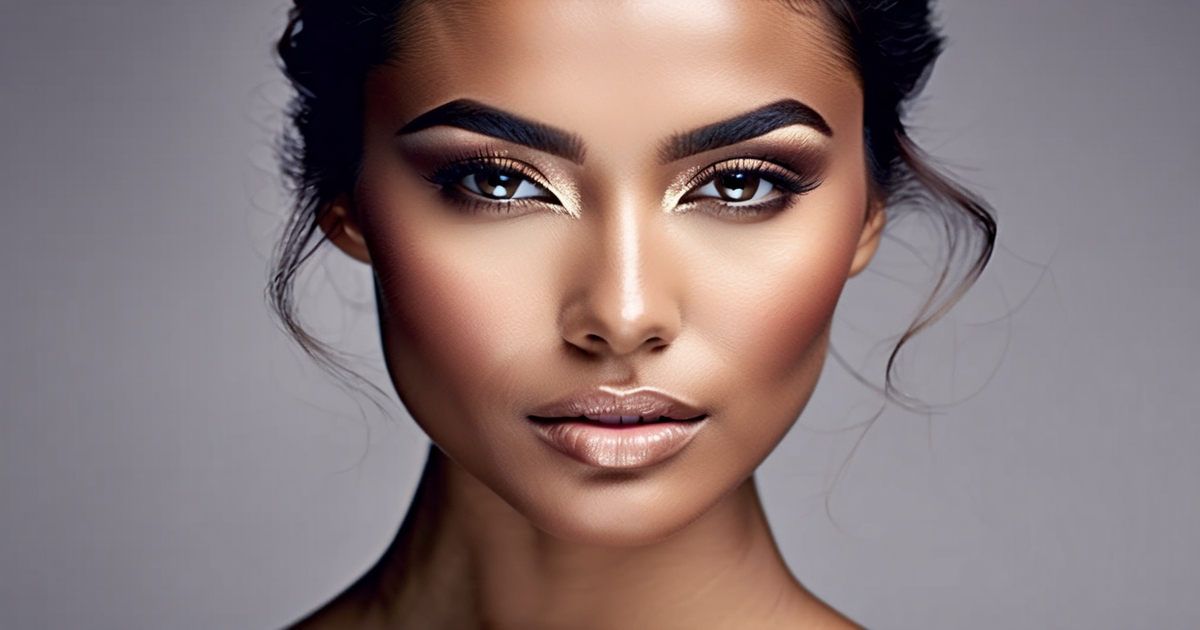
Skin tone is your top-level color—the general lightness or darkness determined by melanin from melanocytes. Skin undertones are the cool or warm hues that exist under the skin, influencing your overall complexion. While your tone may change with sun exposure or seasons, your undertone remains constant. Use both to inform your perfect makeup shades, refining blush, bronzer, and lip colors to harmonize with your unique beauty.
Surface color
Consider skin tone your general map. Most people tend to fit into light, medium, or dark categories, with lots of variation in between. Consult trusted shade charts in natural light by a window to compare your face and neck, as this helps in identifying your actual skin tone. If you burn quickly and seldom tan, you probably fall in the light zone. If you tan with a little burn, medium generally works. If you tan quickly and rarely burn, dark might be your way.
Skin tone is surface color, but remember that skin undertones can change with sun exposure, a brightening serum, or seasonal shifts. A week in harsh sun or winter can toss you a full step lighter or darker. Clothing colors can fool your eye, too, so drape a neutral white or grey T-shirt next to your cheek before deciding.
Use your present tone to narrow down foundation shades. Swatch two or three along the jaw and down the neck, letting them set for 5–10 minutes before checking in daylight! The correct shade should seamlessly blend into your skin without an outline. Tone alone won't lock the match; a light foundation with the wrong undertone can appear chalky or sallow. Always double-check the undertone for the perfect makeup shades.
Underlying hue
Undertone is the quiet driver of your overall complexion: cool (pink, red, blue), warm (yellow, golden, peach), neutral (a mix), or olive (muted green cast). It significantly influences how colors, such as foundation shades and blushes, register on your skin tones. Various tests assist in color matching; for instance, checking your veins can hint at your skin undertone—blue or purple suggests cool, while green or yellow leans warm. Natural light is essential for accurate assessments, so avoid painted walls and tinted bulbs to see your true skin tone.
Your undertone remains constant and does not alter with tanning, age, or most treatments, making it a reliable compass as your skin type wavers. If you struggle to notice it, that's okay. Try taking photos in the shade or comparing your bare skin on your chest and face to identify your unique beauty more clearly.
| Undertone | Foundation | Blush/Bronzer | Lip/Eyes |
|---|---|---|---|
| Cool | pink, rosy-beige | cool rose, soft taupe | blue-reds, plums, cool mauves |
| Warm | golden, yellow-beige | peach, terracotta, warm brown | coral, brick, warm browns |
| Neutral | balanced beige | soft peach-rose, neutral brown | rose, berry, nude browns |
| Olive | golden-olive, neutral-olive | muted peach, tan-olive | rich corals, figs, khaki, bronze |
Understanding your skin undertones is crucial to prevent the 'mask' effect: individuals with cool undertones should avoid yellow-heavy bases that can turn orange, while those with warm skin tones should bypass pink-grey bases that may appear ashy.
How to find your skin color for makeup
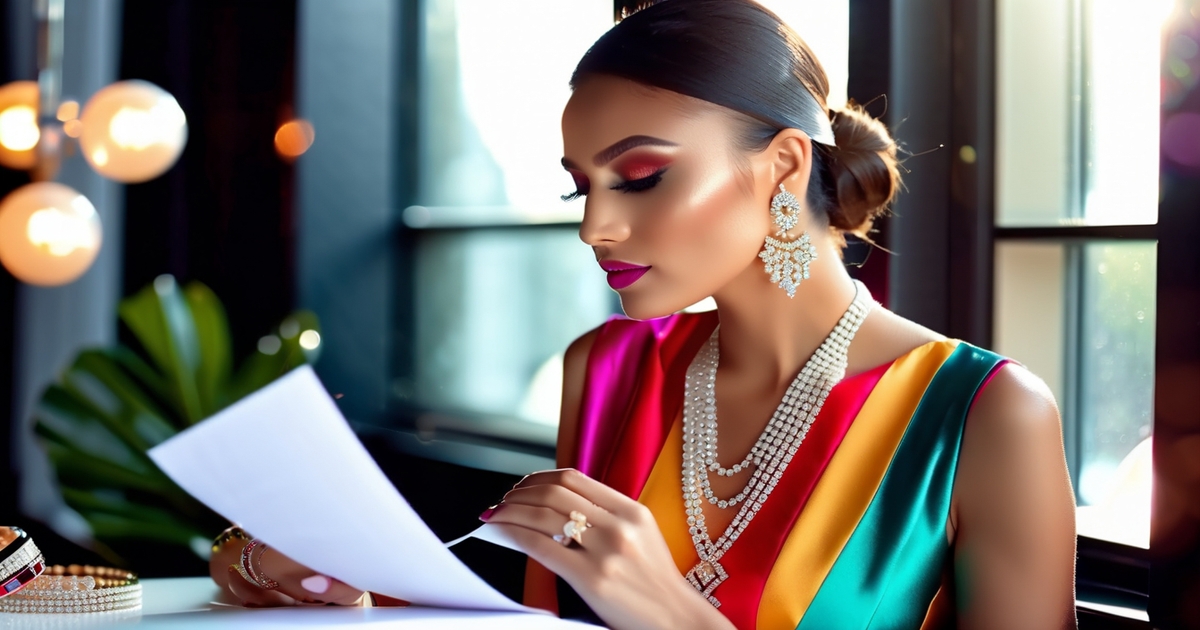
Skin tone, influenced by genetics and sun exposure, ranges from light to dark, while skin undertones can be warm (yellow or golden), cool (pink or blue), or neutral (a mix). Utilize simple at-home tests to determine your actual skin tone before selecting perfect makeup shades.
- Notes to track:
- color of the veins on each wrist
- White or cream; blue or tomato red.
- Sun reaction (burn, tan, or both)
- Metal that compliments (gold, silver or both).
- Final call: warm, cool, neutral; skin tone range and season shifts.
1. The vein test
Gaze at the veins on your inner wrist in bright, natural light by a window. Blue or purple tones cool. Green or yellow suggests a warm tone. If you see both or it shifts by angle, note neutral.
This test is quick and painless, but it is not perfect. Skin thickness and depth of veins can skew color. Check both wrists to reduce bias, and step away from tinted glass.
Write down what you see next to the other tests so you can judge the whole picture, not one clue.
2. The fabric test
Hold pure white to your face, then off-white (cream). If pure white defines your features and subdues redness, you probably run cool. If cream soothes shadows and provides a healthy glow, then you probably go warm. If they both look fine, jot down neutral.
Take a second pass with a true blue top (cool) and a tomato red top (warm). The one that makes your skin look fresh, eyes brighter and shadows softer is your friend.
Note which fabrics brighten your face. This comes in handy when you pick foundation undertones and even lip or blush families.
3. The sun test
Think natural sun damage. If you burn quickly and seldom tan, that backs up cool undertones. If you tan quick with little burn, that backs warm. Something combined—burn, then tan, or olive tones that deepen—can lean more neutral or olive.
Save it as a corroborating detail. Sunscreen, medications and sensitive skin can alter your perception of it.
Save your result to your list, with seasonal notes if your skin tone deepens in summer.
4. The jewelry test
Test silver and gold close to your face. If silver makes your skin look clear and bright, that tips cool. If gold adds warmth and glow, that leans warm. If both do, you might be neutral/olive.
Record your signature metal to direct illuminator and lip shade.
5. The combined approach
Line up all results next to each other. Where 3+ tests agree, trust that trend. A simple chart or bulleted list will demonstrate the trend and eliminate uncertainty.
Use the ruling undertone to pick base products: warm suits yellow/golden tones, cool suits pink/blue tones, neutral can flex either way. Match depth to your present season, and go one shade up or down as your tone ebbs and flows.
Anticipate some experimentation, even with a good approach.
The impact of lighting
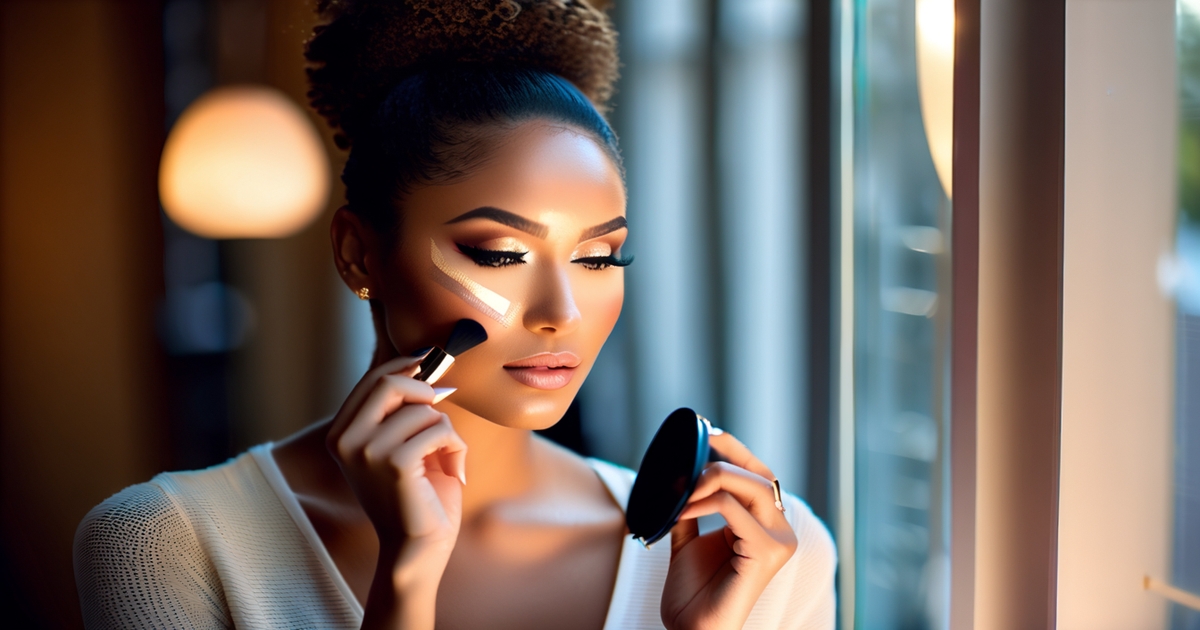
Lighting alters the way skin and makeup read to the eye. It molds shadow and contour and undertone, so it can make a perfect match appear amiss. Daylight provides the most accurate perspective, though lots of indoor lighting tints color. Both color temperature (Kelvin) and brightness (lumens) matter.
Shoot for a neutral 4800K–5000K range when you can't use daylight, and bright, even light so you can judge texture and tone cleanly.
Natural daylight
Indirect daylight beside a window reveals your true skin undertone and actual skin tone. This light, hovering near 6500K, leans towards the neutral-cool side, exposing pink, olive, and golden shifts with transparency. Stand 0.5–1 meter away from the window, face the light, and avoid having it behind you to prevent shadows from painting your face.
Swatch foundation and concealer along jawline in thin, spaced strokes. Mix a bit, then give it a second. See if the straps disappear into your neckline. Match two or three undertones —neutral, warm, cool — and test which dissolves into the skin in this particular lighting.
Avoid intense sunlight. Direct rays bleach out color, gloss over redness and flatten depth, so shadows appear lighter than they are. If you have to be outside, seek open shade, keep your face evenly lit and snap a quick photo to catch shifts your eye may miss.
Let daylight be your last judge. Even if you're trying it in a store, step to a window or doorway. A quick check frequently spares the expense and delay of returns.
Artificial light
Indoor bulbs tend to color cast as well. Warm bulbs (~2700K–3000K) can add amber, prompting you to select overcool a shade to 'balance' it. Cool bulbs (~~6000K+) can shove it blue, shoving you toward over-warm foundation.
Store lighting can layer yellow or magenta, bathrooms can bounce green or pink from tiles or paint. If daylight isn't handy, cycle through what you have: bathroom mirror, kitchen LEDs, soft lamp. Notice if that same swatch goes peachy, ashy or gray.
If it moves too much, it's not solid enough for mixed environments. If you can, check in daylight before you proceed. Match for your primary setting. If you live under office LEDs all day, select a foundation that holds its color under cooler light, then calibrate blush and bronzer so they don't skew sallow or ruddy.
A neutral base with adjustable cheek color is typically safer. For at-home setups, shoot for 4800K–5000K bulbs with high lumens, arranged in a three-point layout — two at face height, one overhead — to eliminate shadows. Even, bright, neutral light minimizes guesswork.
Common matching mistakes
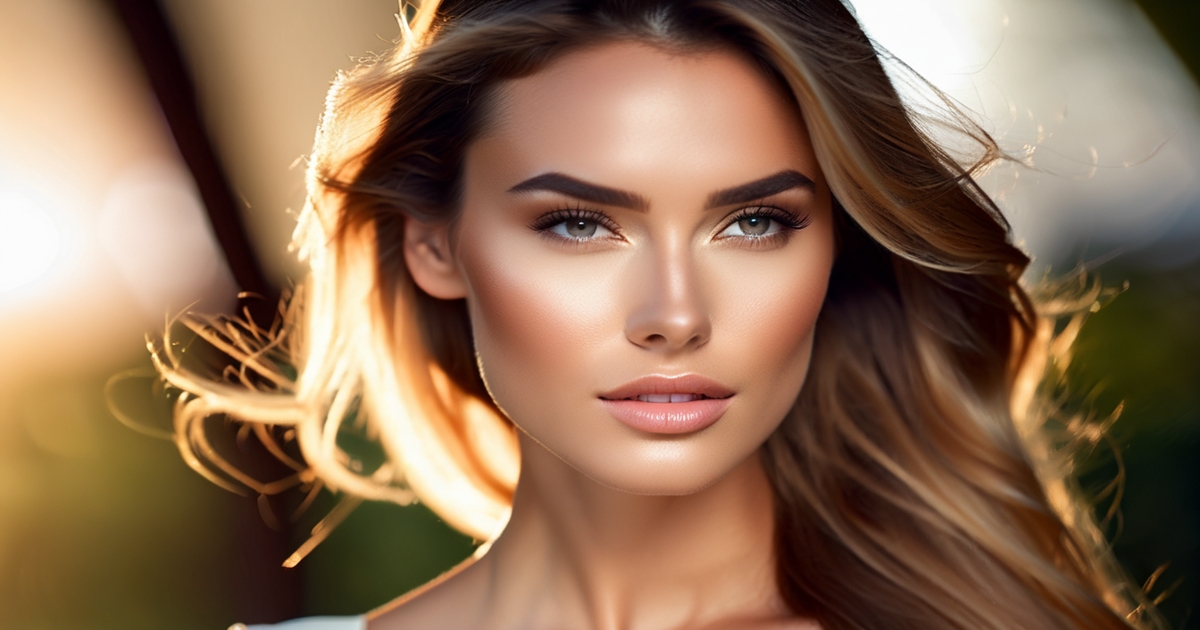
A wrong foundation color is the most common matching slip, and it reveals quickly. To achieve a perfect makeup shade, match where the eye reads first — the face and neck — and allow time for shifts in skin undertones. Skin type, undertone, and light can all shift the result throughout the day.
Testing location
Swatch 3-5 thin stripes along the jawline, then blend each down toward the neck to assess your current skin tone. Your jaw is between face and body, showing both depth and skin undertones. The objective is to achieve an almost-invisible edge, avoiding shades that are lighter or warmer than your actual skin tone.
Either bypass the back of the hand or the top of the forearm, as these areas often get more sun exposure and can display different shades. They may appear darker, cooler, or more red than your face, which could mislead your color matching.
TEST on a clean, bare patch of skin. Moisturizer with SPF or a mineral sunscreen can add slip or cast, skewing the color. If you require prep, apply a basic, translucent powder and pause 5 minutes before swatching.
Try it out in daylight by a window and under indoor LEDs. If the shade works in both settings, you likely have a solid match. If your neck is lighter than your face, blend a touch down to the chest for a more harmonious complexion.
Rushing the process
Allow each swatch a few minutes to calm down. Most prints intensify as water or alcohol evaporates and dyes bind to skin oils.
Lay 2 to 4 adjacent shades, side-by-side. Comparison hones your eye for undertone—golden vs neutral vs olive—so you choose accuracy, not hunch. If two look close, you can mix them 1:1 for a custom bridge.
Mix each swatch thin, and then see how it interacts with your skin. A shade that looks great on dry skin can look slick or dark on combination skin once oil surfaces. Put on the top two for a minimum of 4–6 hours – store lighting can fool you in the first 10.
Don't rush. You want a shade that remains flattering from AM to PM, not one that only holds up at noon.
Ignoring oxidation
Certain bases deepen two or three shades as they encounter air and sebum. That shift can render an almost match orange or ashy, signifying a displaced under-tone, often.
Allow swatches to rest 10–15 minutes before you commit. Pay attention to any shift toward orange, red or gray and how seamless the blend is on the neck and chest.
If you notice shifting, seek out 'non-oxidizing' or long-wear formulations with stable pigment blends, then set with a light, translucent powder.
The jewelry test can help confirm undertone (gold flattering often signals warm; silver, cool; both, neutral or olive).
If caught between two shades, mix. Apply with a mini palette, tweak drops seasonally and partner a concealer up to 2 shades lighter to illuminate under-eyes without altering your base match.
Beyond the perfect match
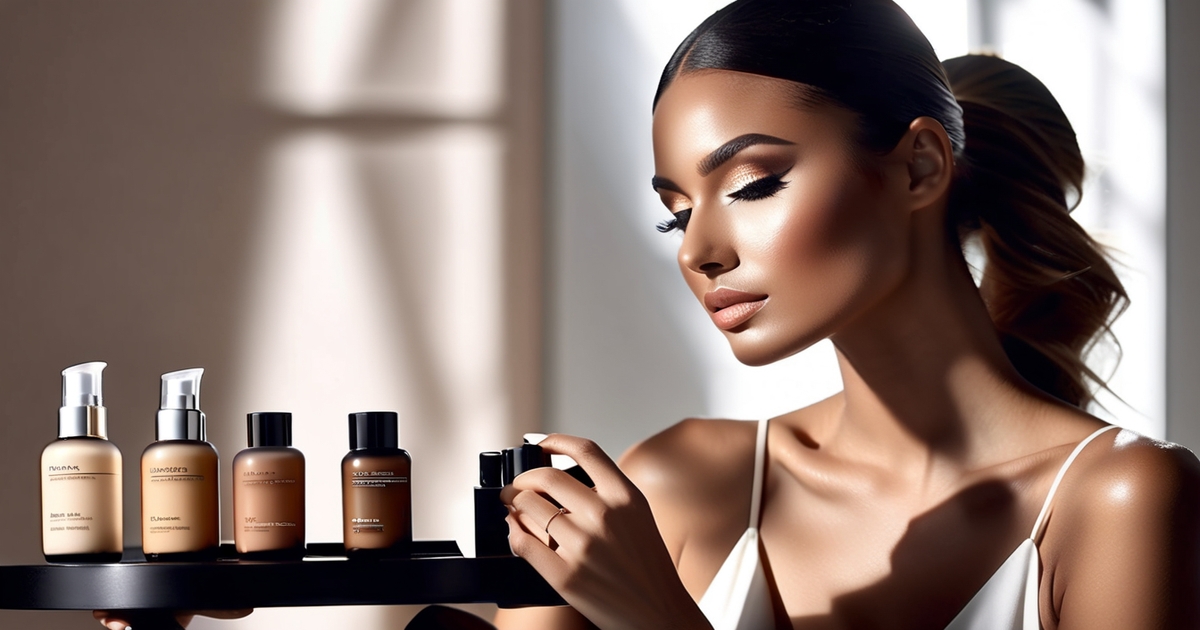
The definition of a 'perfect match' varies for each individual, influenced by their unique beauty, skin type, and overall complexion. Factors such as tone, skin undertones, texture, finish, and wear time all play significant roles, making trial and error standard.
Seasonal shifts
Skin frequently appears a shade or two deeper after extended days in the sun, only to lighten in late winter. It's essential to switch colors when your neck and chest start pulling warmer or cooler than your face, especially considering your unique beauty and skin undertones. Some may notice olive undertones emerge in summer, while others see more pinkish hues in winter.
Having two shades ready—your cooler/lighter and warmer/deeper—allows for effective color matching. Mixing these on the back of your hand to create a 70/30 blend can stretch your makeup for months without needing to purchase a third bottle.
In summer, spin your color pops by using a neutral bronzer and coral or terracotta blush to complement warm skin tones. Conversely, in winter, opt for soft rose or mauve and a subtle highlighter to enhance your overall complexion without conflict.
Skin requirements shift with the weather. Layer with a moisturizing primer or thicker moisturizer in dry, cold air, and switch to oil-control or blurring primers in heat and humidity. This ensures your actual skin tone looks fresh all day.
Custom mixing
By mixing two foundations, you're helping both match depth and undertone. Mix a neutral base with a yellow- or red-leaning partner to push olive, golden or cool notes wherever you desire.
Adjustable drops are convenient. One drop of blue or olive corrector can tame too-warm shades. Peach or red drops can warm a flat neutral. Start modest. These are powerful.
For pure glitz, shear your blend with a pea-size of moisturizer or a couple of serum drops. You obtain a skin tint sensation that permits freckles and skin texture to remain obvious.
- Write your recipe: brand, shade names, undertone notes, and ratios (e.g., 2 pumps neutral N30 + 1 pump golden G35 + 1 micro-drop olive adjuster).
- Note season and lighting.
- Track wear time, oxidation, and photos.
- Refresh when your tone changes, so you can duplicate successes quickly.
Formula matters
Match formula to skin. Dry skin loves hydrating liquids or creams with humectants. Oily skin tends to do best with matte or soft-matte, coupled with quality prep. Reactive skin might opt for light, fragrance-free bases.
Mineral and serum foundations feel breathable and skin-friendly, useful if you desire a lighter tap but reliable endurance. Some like them for everyday and reserve richer for occasions.
SPF in foundation is a bonus, not your sunscreen. Combine with a broad-spectrum SPF 30+ beneath for true protection and more stable color.
Try textures–liquid, cream, stick, powder–to determine which finish compliments pores and lines. Dewy can read fresh on dry skin; matte may retain heat; satin takes the middle ground. Preferences vary, and what seems 'perfect' now may shift next year.
Choosing your foundation
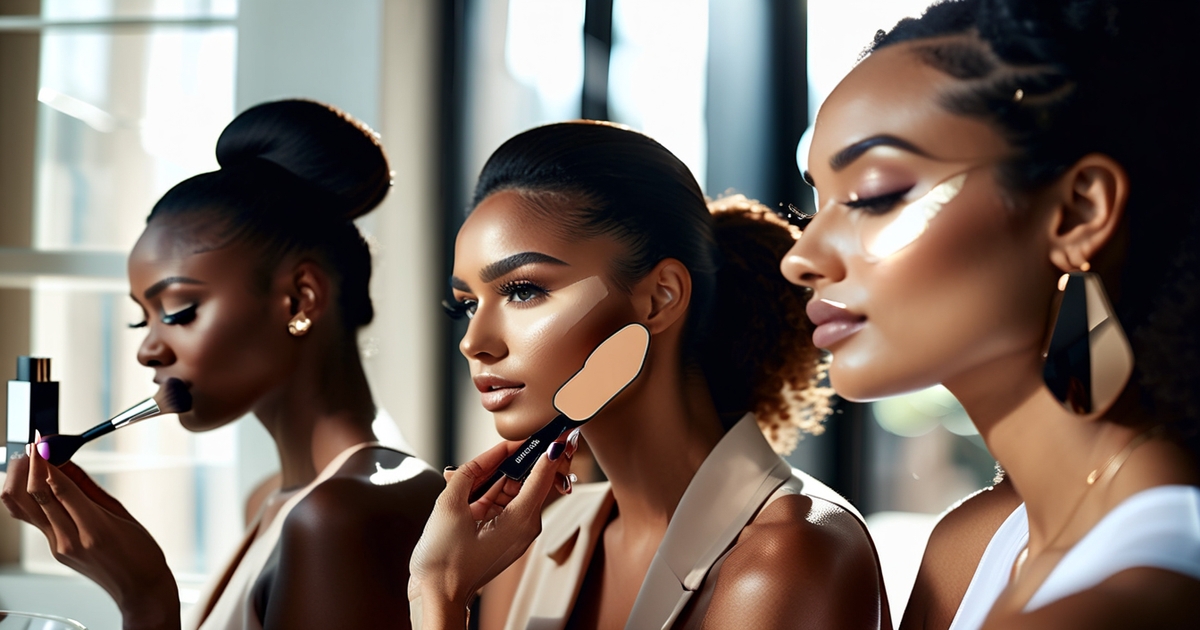
There are two factors to consider for a true-skin result: matching both your skin tone (depth) and undertone (temperature). Skin tone runs from very fair to deep; undertone comes in three core types: cool, warm, and neutral. A lot of brands include olive as a neutral-warm.
Do not mix them up: depth is not undertone. Utilize brand codes to scan quicker—C or P (cool/pink), W or Y (warm/yellow), N (neutral) and O or G (olive/green). Try shades in natural light, give it 10–15 minutes for oxidation and swatch along your jaw, neck and chest so the match is a blend across zones.
Virtual try-on tools, speed-matching charts and shade finder quizzes assist, however do an actual-light test. Go slowly, a thoughtful match appears natural and economizes.
| Formula type | Finish | Coverage | Best for | Notes |
|---|---|---|---|---|
| Liquid | Natural to dewy | Sheer–full | Most skin types | Easiest to shade mix; oxidizes slightly |
| Cream | Satin | Medium–full | Normal–dry | Good for evening wear; blend well |
| Stick | Natural | Medium–full | Combo, on-the-go | Precise placement; warm on skin |
| Powder | Matte | Sheer–medium | Oily, humid climates | Can read lighter in flash |
| Serum/Tint | Sheer | Sheer | Even tones, minimal needs | Great for everyday; undertone still matters |
For cool undertones
Select C, cool or pink/blue/red note shades. Examples: 1C, C20, "Porcelain Cool," "Rose Beige." If you look good in silver and your veins appear blue or purple, these signs typically correspond with cool.
Avoid intense yellow or golden bases—they can make the skin sallow. Cool base + neutral setting powder maintains balance, no warmth creep.
Bubblegum pink, sage green, burnt orange. Lip in blue-red, cranberry, plum. Eyes in taupe, slate, navy. Silver jewelry and icy hair—ash blondes, cool browns—complement the palette instead of battling your foundation.
For warm undertones
Pick W, Y, or warm-labeled shades: "Golden," "Honey," "Warm Beige," codes like 3W or Y405. If gold jewelry glows on you and veins slant green, warmth probably suits.
Think coral, peach, terracotta blush, with golden bronzers, and lips in warm red, apricot or caramel. Shun blue-based pinks that mute warmth. Honey, copper or caramel hair and gold accessories complement your undertone for a cohesive read.
For neutral undertones
Go for N-coded or "neutral" shades that balance pink and yellow: N30, "Neutral Sand." This prevents you from going too pink or too golden.
You can rock both cool and warm color stories. Experiment with nude blush (beige-rose), taupe bronzer, and adaptable lippy colors such as muted pink-brown. Mix your silver and gold jewelry; both are right.
For olive undertones
Seek O/G codes or olive labels: "Olive Beige," "Golden Olive." Look for a subdued green tint that neutralizes extra redness or whiteness. A lot of regular warm shades go orange on me, and olive-corrected bases fix that.
Go for earthy blush (soft terracotta, toasted apricot), moss or bronzy eyes and softened reds. Skip bright orange or very red bases that combat the green hue. Neutral metals and softened jewel tones—emerald, teal, amethyst—maintain equilibrium while allowing the olive to ring true.
Conclusion
To select makeup that appears true on your skin, begin with tone and undertone. Check in daylight. Try little swipes on the jaw. Allow each swatch to rest. Notice what color disappears into your skin. Take notes on how light and warmth alter the appearance. A cool office light will bias pink. A warm cafe light can push gold.
A friend once used a shade that fit at lunchtime. At 18:00, it looked flat. She flipped to a neutral shade with olive undertone. The change corrected the cast both in photos and real life.
To create a kit that works, pick one base match, one mix-in shade and a sheer tint. Need assistance with selections for your range and budget? Hit me with your top 3 brands and objectives.
Frequently Asked Questions
What is the difference between skin tone and undertone?
Skin tone refers to the actual skin color, which can be fair, medium, or deep, while skin undertones, such as cool, warm, and neutral, are the subtle shades beneath. Both aspects are crucial for achieving a natural color match, so trial products directly on your face to see how they interact with your unique beauty.
How do I find my undertone quickly?
Check your wrist veins in natural lighting to determine your skin undertone. Blue or purple veins indicate a cool undertone, while green suggests a warm skin tone. A mix may suggest a neutral or olive undertone.
How can lighting affect foundation matching?
Lighting can significantly alter how different shades appear, especially when considering your skin undertones. Whenever possible, always check in bright natural light to ensure you achieve the perfect makeup shades. Store lighting can be warm or cool, leading to mismatches, so step outside or use a daylight mirror before making your decision.
Where should I swatch foundation to find my shade?
Swatch down the jawline, diffusing a little onto the neck to assess your actual skin tone. Compare 2–3 nearby shades to find the perfect makeup shades that seamlessly blend without turning gray or pink. Leave it on for 10–15 minutes to check for oxidation.
What are common mistakes when matching foundation?
When selecting shades, avoid merely picking by name or matching to your neck; instead, consider your actual skin tone and perform a skin undertone test on your jawline in natural light.
Should I prioritize undertone or depth when choosing a foundation?
Start with identifying your skin undertone for a natural look, then consider the depth of your makeup (light or dark). A perfect match of undertone with slightly off depth usually enhances your overall complexion.
What if I cannot find a perfect match?
Combine two shades with the same skin undertone, or a shade adjuster (white, deep, olive). Apply a thin layer and counter with bronzer or concealer to enhance your overall complexion. Most brands offer virtual try-ons and shade-matching tools—use them!